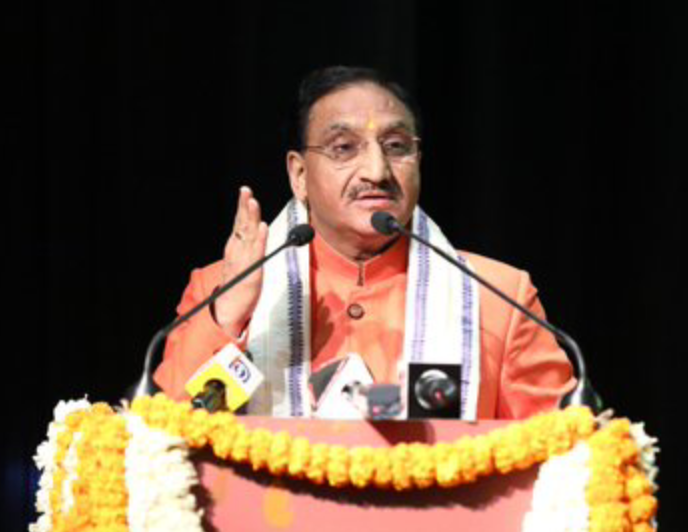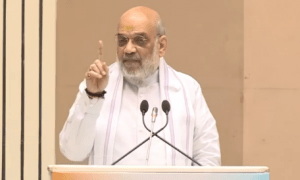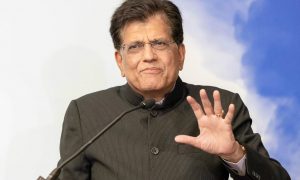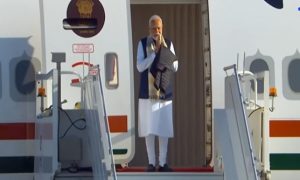Union Education Minister Ramesh Pokhriyal on Thursday said that the reforms made by the government in higher education has improved representation of Indian institutions in globally acclaimed rankings as 12 Indian institutions made their way to the top 100 of the QS World University Rankings by Subject 2021.
Addressing the unveiling of QS World University Rankings, the Minister expressed his happiness and congratulated 12 Indian Institutions on securing a position in top 100 in the QS Subject Rankings for the year 2021.
Over the last few years the Government’s continuous focus on improvement and reform in higher education has resulted in significant improvement in the representation of Indian institutions in globally acclaimed and reputed rankings like QS. These rankings and ratings have fostered healthy competition amongst Indian Institutions motivating them towards global excellence, Pokhriyal added.
Indian institutions that have made it to the top 100 of the world includes IIT Bombay, IIT Delhi, IIT Madras, IIT Kharagpur, IISC Bangalore, IIT Guwahati, IIM Bangalore, IIM Ahmedabad, JNU, Anna University, University of Delhi, and O.P Jindal University.
Amongst these top 100 ranked institutions, IIT Madras has been ranked 30th in the world for Petroleum Engineering. IIT Bombay has been ranked 41st and IIT Kharagpur has been ranked 44th in the world for Minerals and Mining Engineering. While the University of Delhi has been ranked 50th in the world for Development Studies.
Union Minister said that the India’s higher education system plays a vital role in driving the nation’s competitiveness. Today, India is a leading nation with the highest number of higher education institutions across the globe with significant progress in the last few years in terms of enrolment in higher education which now stands at 37.4 million.
He also highlighted the achievements of the Government in addressing the gender gap in higher education.
Consider the trends of female participation as per the All India Survey on Higher Education (AISHE) report, in the past six years from 2013-14 to 2017-18. We can clearly see that India has been able to deal with inequalities in higher education.
Women’s enrolment in higher education, which was less than 10% of the total enrolment on the eve of Independence, has risen to 48.6% in 2018-19. The total enrolment in higher education has grown considerably to 37.4 million, with 19.2 million male and 18.2 million female. Females per 100 male students have also increased significantly in central universities, deemed universities, and government-aided institutions.






















 WhatsApp us
WhatsApp us